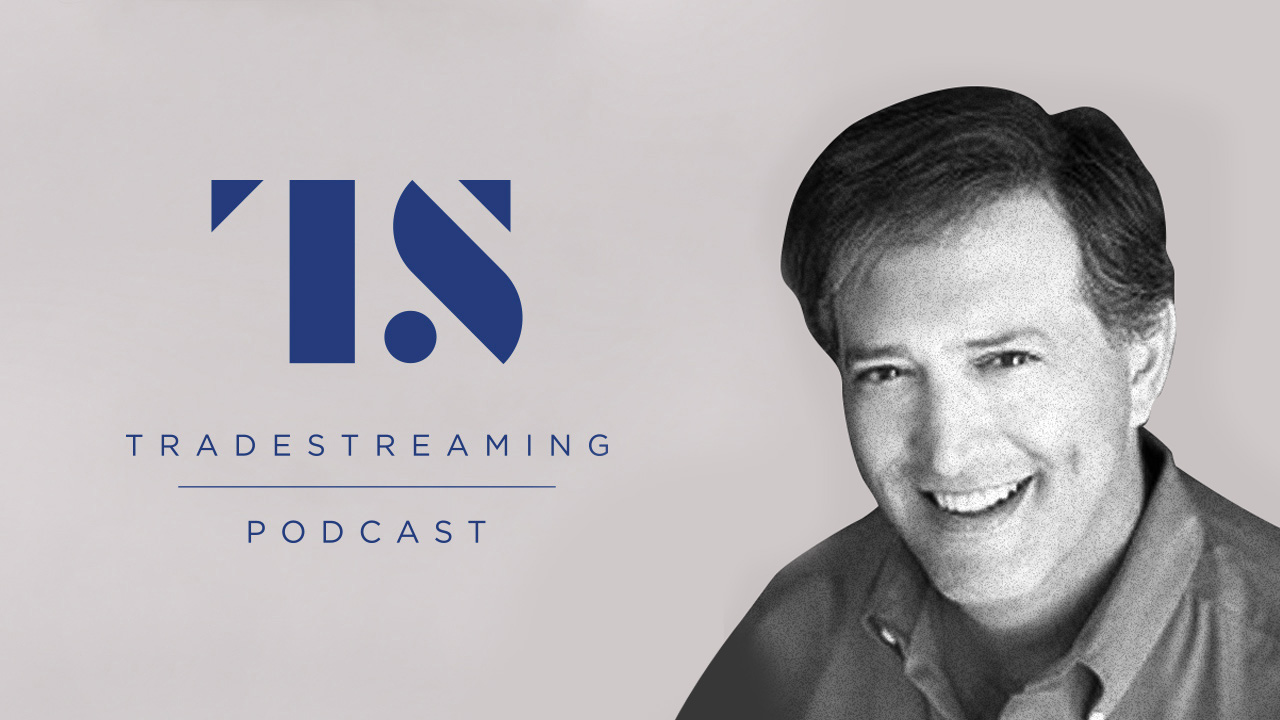Podcasts
Malauzai Software’s Robb Gaynor on digital banking, mobile payments, and chatbots
- Community banks lack the deep pockets of larger financial institutions to spend on technology.
- There are software firms that provide them and their customers with the same mobile banking and payment tools big banks use.









